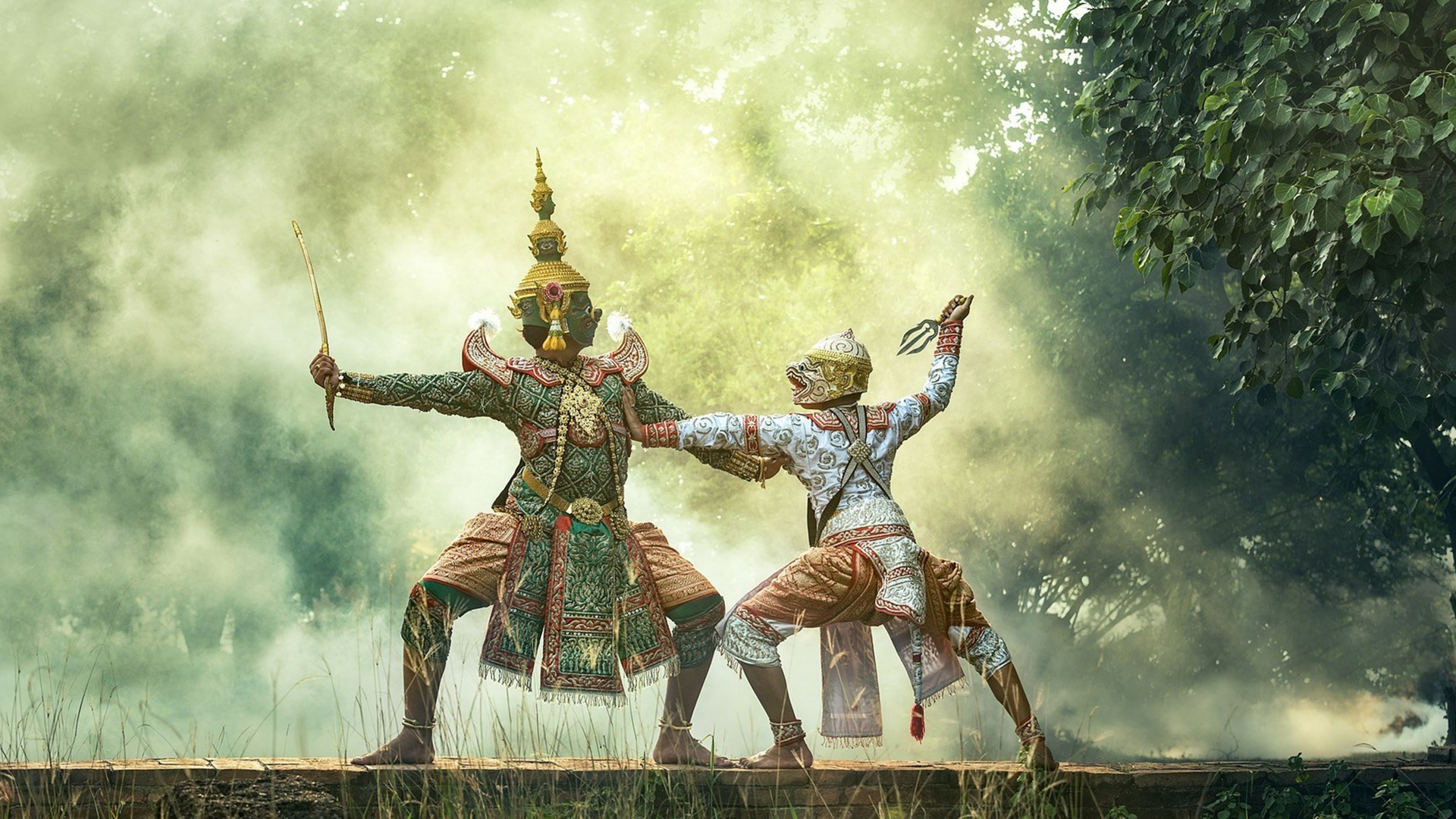Page not found
The page you requested was not found, and we have a fine guess why.
If you typed the URL directly, please make sure the spelling is correct.
The page no longer exists. In this case, we profusely apologize for the inconvenience and for any damage this may cause.
